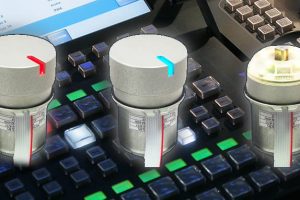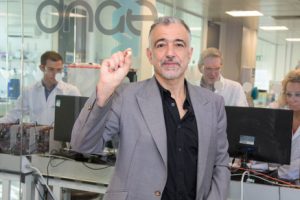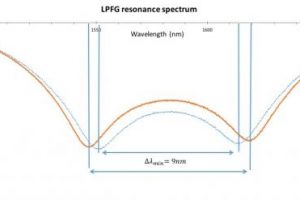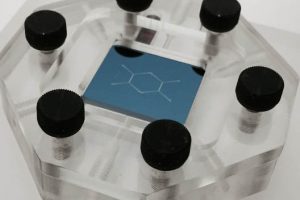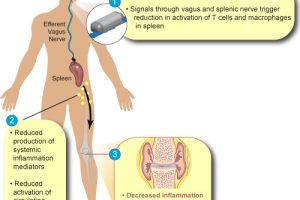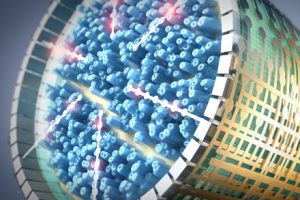An optoelectronic sensor IC from Osram Semiconductors can be used to monitor heart rate and blood oxygen levels.
Medical Electronics
Content related to medical electronics
Force feed-back beings variable feel to rotary and push switch
If you thought there was nothing much left to do with switches, think again, and Elma has bought real-time variable feel to a rotary encoder. Dubbed Cyber One, as a switch it combines a 384 clock/rev rotary encoder and push-button. Then, for user experience, as an experience, its firmware offers various pre-set ‘feels’, including: 0-6 Ncm torque (electromagnetic), 8-64 detents, artificial end-stop, ...
US pays Imperial spin-out $52m for medical research
Imperial College spin-out DNA Electronics is to get $51.9m from the US Biomedical Advanced Research and Development Authority (BARDA) to develop a sequencing techniques for anti-microbial resistant infections and influenza through a projects called PISCES. PISCES (pathogen identification from specimen, via capture extraction and sequencing) involves development and validation of DNAe’s test platform, branded Genalysis, and support for applications to the US ...
E.coli detected in 20 minutes by fibre sensor
E.coli bacteria can be detected faster than traditional lab tests, in 15-20 minutes, by an optical fibre sensor.
Sigfox chip integrates transmitter and receiver
Atmel’s ATA8520D is a transceiver IC for 868MHz Sigfox proprietary networks, intended to be used for IoT and machine-to-machine comms with the Sigfox protocol. It has an RF front end for up and down-link , a digital baseband and a microcontroller in the same device. The transmit path uses a closed loop fractional-N modulator, while a serial peripheral interface (SPI) ...
Device to treat nose bleeds one of Design Council’s Spark entries
Design Council will showcase more than a dozen pioneering products from its Spark innovation fund and accelerator programme, at the London Design Festival on 20 September. The best will be awarded further funding of up to £150,000 to help take their product to market. With the support of this year’s partner, the charity Arthritis Research UK, Design Council will also ...
IBM micro-machine separates bio-particles for disease detection
IBM has micro-machined a structure which separates biological particles between 20 and 140nm into different size categories. Known as exosomes, these fragments of life are found in bodily fluids such as blood, saliva or urine. Determining the size (this IBM work), surface proteins and nucleic acid cargo of exosomes can indicate the presence and state of developing cancer and other diseases. “Until now, ...
Bioelectronic nerve stimulator eases rheumatoid arthritis
Electronic nerve stimulation has had a calming effect on rheumatoid arthritis, beating the best drugs in some patients. The study involved implanting signal generator connected to the vagus nerve. Stimulation was found to reduced the production of proteins called cytokines. “This is a real breakthrough in our ability to help people suffering from inflammatory diseases,” said Dr Kevin Tracey, CEO of ...
IBM IC detects cancer before symptoms appear
Finding cancer before there have been any symptoms is the promise of a chip from IBM. IBM have an IC which can detect and isolate particles at the nanoscale. Exosome particles, which point up the development of cancer and other diseases, can be isolated and analysed. The technology can detect particles down to 20nm. The 2cm square IC has an ...
Google, GSK start £500m bioelectronic firm in UK
Pharmaceutical firm GlaxoSmithKline (GSK) and Alphabet subsidiary Verily Life Sciences (was Google Life Sciences) are forming a bioelectronics research, development and commercialise firm at GSK’s HQ in Stevenage (right). They will invest up to £540m over seven years, subject to completion of various milestones. To be called Galvani Bioelectronics, and to be headquartered in at an existing GSK R&D facility, the parent companies ...
 Electronics Weekly
Electronics Weekly

